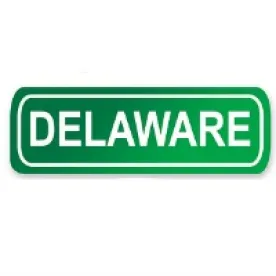You remember the Wellington Agreement don’t you? This was the settlement agreement entered into back in 1985 to resolve numerous coverage disputes between Owens-Corning Fiberglass Corp. and its producers and insurers over pending asbestos litigation. Confidential arbitrations took place as part of the Wellington Agreement to resolve these coverage disputes. Much evidence was created as part of those proceedings under the confidentiality umbrella.
In a recent case, a court was faced with an application by a non-signatory to the Wellington Agreement seeking discovery and a subpoena to obtain evidence from one of the arbitrations under the Wellington Agreement for use in its own coverage dispute.
The case involved an issue of industry custom and practice over whether defense costs are typically paid even without consent in defending asbestos claims. Continental Cas. Co. v. Borgwarner, No. C.A. No. N15M-05-009, 2016 Del. Super. LEXIS 132 (Del. Super. Mar. 15, 2016). The insured sought deposition and trial testimony and other evidence from an arbitration under the Wellington Agreement addressing this issue of custom and practice, particularly evidence from another insurer involved in the same consent issue on defense costs in asbestos claims. Some of the alleged evidence was discussed in a Third Circuit case following the arbitration under the Wellington Agreement. North River Ins. Co. v. CIGNA Reinsur. Co., 52 F.3d 1194, 1208 (3rd Cir. 1995).
Several parties objected to the subpoena claiming confidentiality of the evidence under the confidentiality sections of the Wellington Agreement, including the insurer involved in that arbitration as an intervenor in this case. The court partially granted the relief and partially quashed the subpoena.
A couple of interesting points come out of the decision. First, the attempt to use testimony from another case to prove industry custom and practice is somewhat unique. Because the subject matter was the same and the policy language was similar, this was one of the only ways to obtain the evidence that was discussed by the 3rd Circuit.
Second, the court took the occasion to admonish parties about overbroad subpoenas. The court found the subpoena too broad: “to the extent not encompassed by the Requests for Production nos. 1 through 4, above, your complete file in connection with the Owens-Corning ADR.” The court said that if you want something specific, ask for it with specificity and don’t ask for the complete file.
The court noted the parties’ intent for the information under the Wellington Agreement to be confidential. But the court noted that the intervenor used some of the evidence in the public proceeding that ultimately went to the 3rd Circuit. Because of this affirmative use, the court found that the intervenor could not argue that the information was still confidential and not subject to disclosure in unrelated proceedings. What the court ended up doing was requiring the production of the materials that were publicly disclosed, released or used in other litigation (that information is to be produced under the confidentiality agreements in place in the present case). Material never previously disclosed did not have to be produced. The court left it to the parties to sort out what was and wasn’t made public.




 />i
/>i

